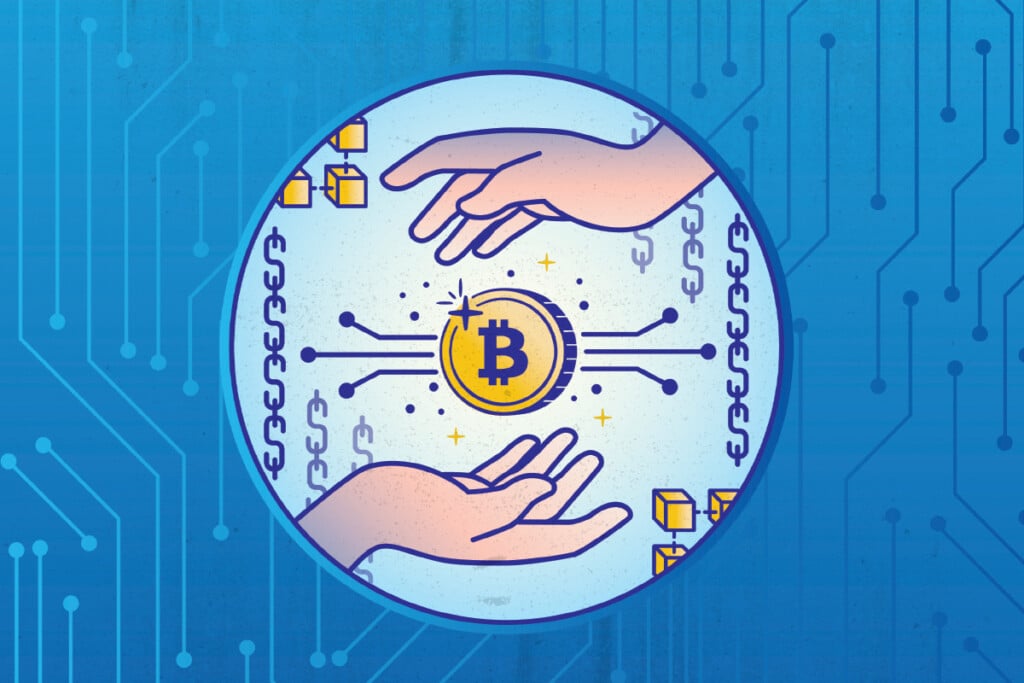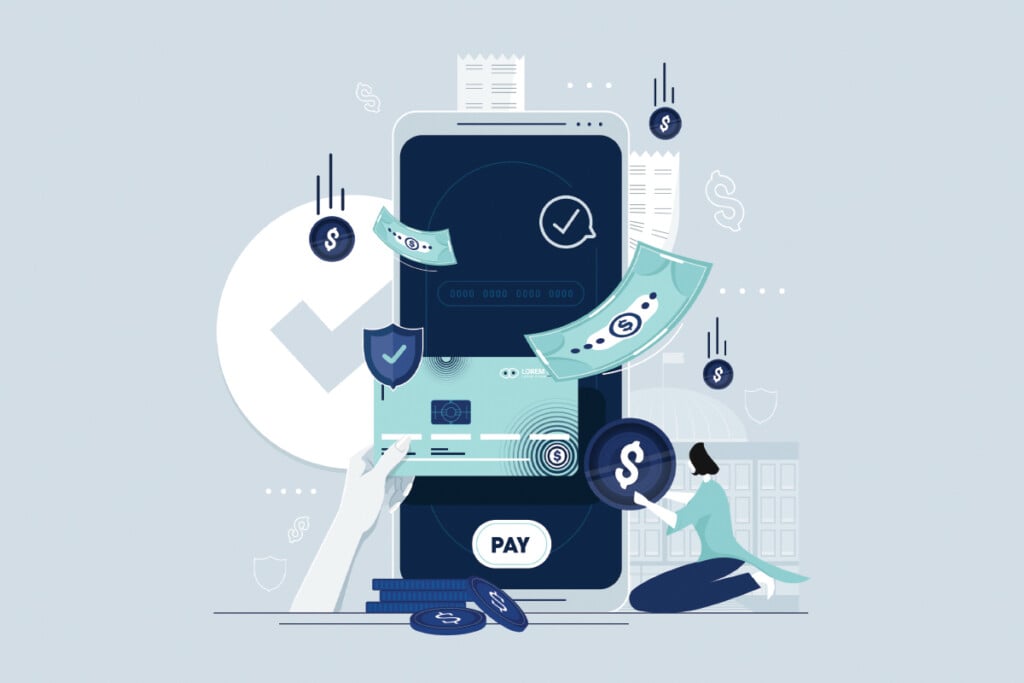Trading in a Digital Market
Understanding cryptocurrencies and the blockchain

Global Demand for Digital CurrencyCryptocurrencies are growing in popularity as a decentralized global currency. The current global market cap is roughly $2.73 trillion, with an increasing number of merchants accepting cryptocurrencies as legal tender.
Unlike physical monies, which can always print more, cryptocurrencies hold value, due in part to the scarcity created at conception. Cryptos vary wildly in their maximum circulating currency. Some have relatively low caps, such as Bitcoin at a limit of 21 million coins and Litecoin at a cap of 84 million, the Pi Network has maximum mineable coins of 100 billion.
Like with all currencies, supply and demand determine the value of each crypto. With a fixed supply, demand for cryptocurrencies fluctuates based on the mood of the market and transaction capability. With the allure of increased security and reduced transaction fees, more consumers have an interest in transitioning to digital wallets for online purchases. This creates an opportunity for early adopting vendors to dominate the market. Bitcoin and Litecoin are now used for trading goods and services at over 15,000 businesses globally.
While consumers and businesses looking to enter the market might balk at the price tag of a single Bitcoin, at a 6-month average value of around $85,500, other coins are gaining ground.
Though newer to the marketplace, networks like Pi are using a social peer-to-peer model to grow their user base and increase their global currency cap. Unlike with other currencies, pioneers must prove they are human to generate new coins from the app on their phones.
What is a blockchain?
In 1979, Ralph Merkle patented the hash tree, more commonly referred to as a Merkle tree, a concept important to cryptography and computer science for the organization and secure transfer of large data structures or blocks.
A tree is a perfect metaphor to use when explaining a blockchain. The first block in any chain is like the seed from which all other blocks grow. As the tree grows and more blocks are added, the original block is hardcoded into every new branch of the tree. This maintains the integrity of the entire structure, allowing new blocks to be securely added.
On the Blockchain
Crypto foundations
→ The very first block of a cryptocurrency is the genesis block and is unique to each cryptocurrency.
The genesis block for Bitcoin was written in 2009, and there are currently about 19.85 million
in existence with 1.15 million remaining to be mined. This intentional scarcity was created at the onset of Bitcoin’s inception.
A block is the fundamental unit for a blockchain, containing transaction data, an individual identifier, or hash, as well as the previous block’s hash, giving directionality to the cryptographic links in the chain. Validation of each block by multiple miners with a consensus of 51 percent is required for a block to be rewarded.
The majority of each block contains the transaction data, including the generation transaction, which assigns ownership to the address of the miner who successfully added the block to the chain. Adding new blocks to the chain requires solving a proof-of-work (POW)puzzle, hashed from a secure hash algorithm (SHA). Designed by the National Security Agency, SHAs are data-securing methods that work by transferring data across a hash-function algorithm consisting of unique compression functions.
Becoming a link in the chain
→ Getting started trading cryptocurrencies is relatively easy. Venmo will allow users to get rewards in cryptocurrencies for purchases with their credit card. Bitcoin.com
and Robinhood also allow for seamless trading and have easy-to-use apps.
Alternatively, individuals can increase their digital portfolio directly through mining. Some currencies are easier to mine than others.
Getting started with Bitcoin requires a dedicated ASIC (application-specific integrated circuit) mining rig. An ASIC is an integrated circuit chip designed for the sole purpose of mining digital currency and optimized to solve a cryptographic POW puzzle.
However, mining Pi is as simple as downloading an app to a smartphone and hitting a button every day. To remain a human-driven network, joining requires an invitation by someone on the network (feel free to contact me for an invitation).
Small businesses wishing to accept cryptocurrencies need a crypto wallet, such as Exodus, Coinbase, or Zengo, which will allow online purchases to be paid directly to the wallet. Adding this option to a website requires a payment processor plug-in for cryptocurrencies. Trading crypto for goods and services at a brick-and-mortar store or restaurant is also possible through a point-of-sale system with an integrated app.
Beyond currency
→ Blockchain technology has applications beyond cryptocurrencies. The secure transfer of large data is becoming increasingly integral to all aspects of society. In the medical industry, it is crucial to protect the transfer of patient data. Sensitive legal documents or company secrets can also be protected while transferring documents.
Sending and receiving encrypted data is at the core of blockchain technology, which leverages the inherent properties of immutability and decentralization. Data is first encrypted with a cryptographic algorithm then distributed across multiple nodes, making it impossible to access without the specific key to unlock the data.
![Istock 2158197549 [converted]](https://wpcdn.us-midwest-1.vip.tn-cloud.net/www.850businessmagazine.com/content/uploads/2025/09/r/u/istock-2158197549-web-1024x683.jpg)
